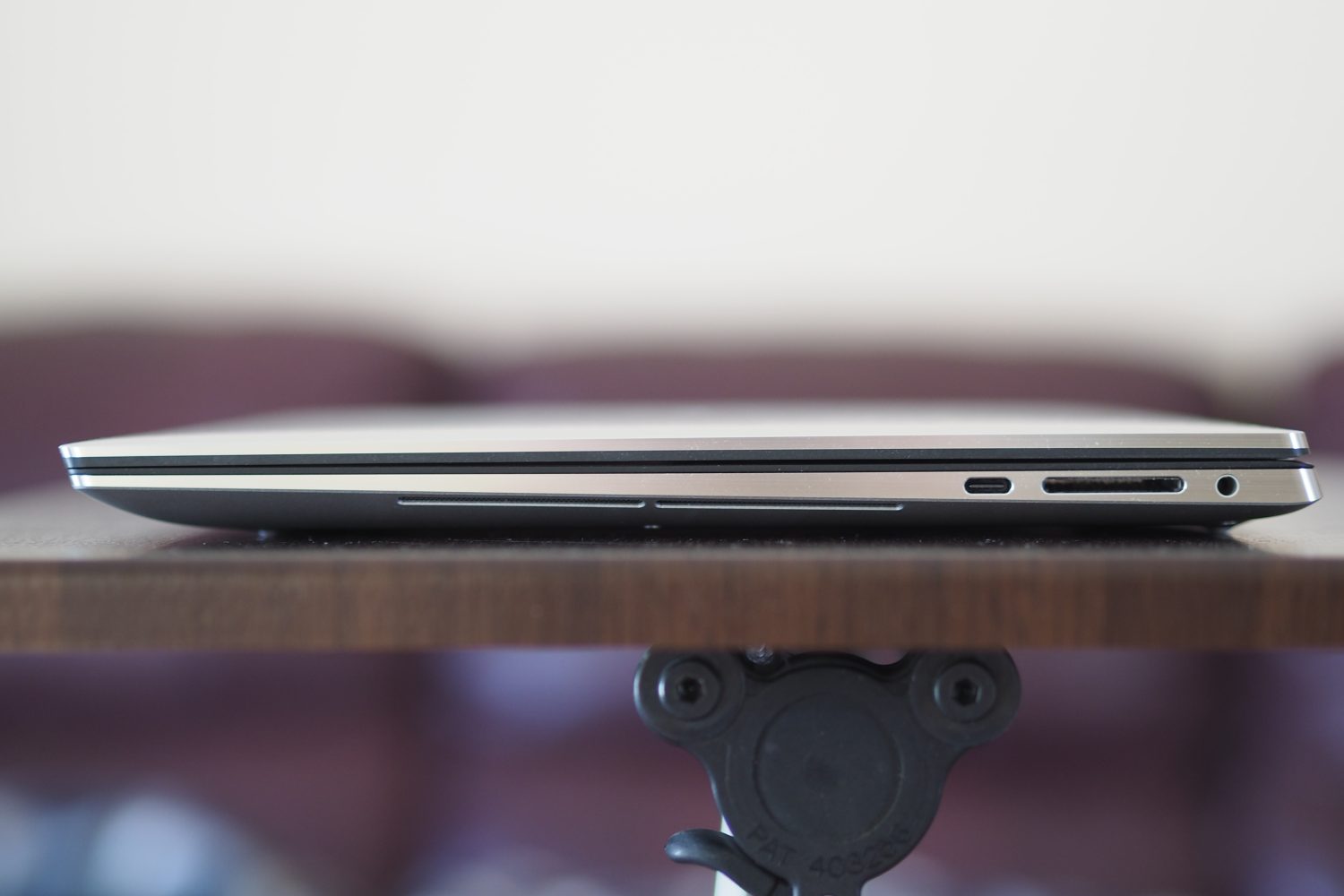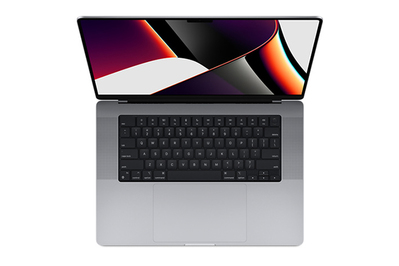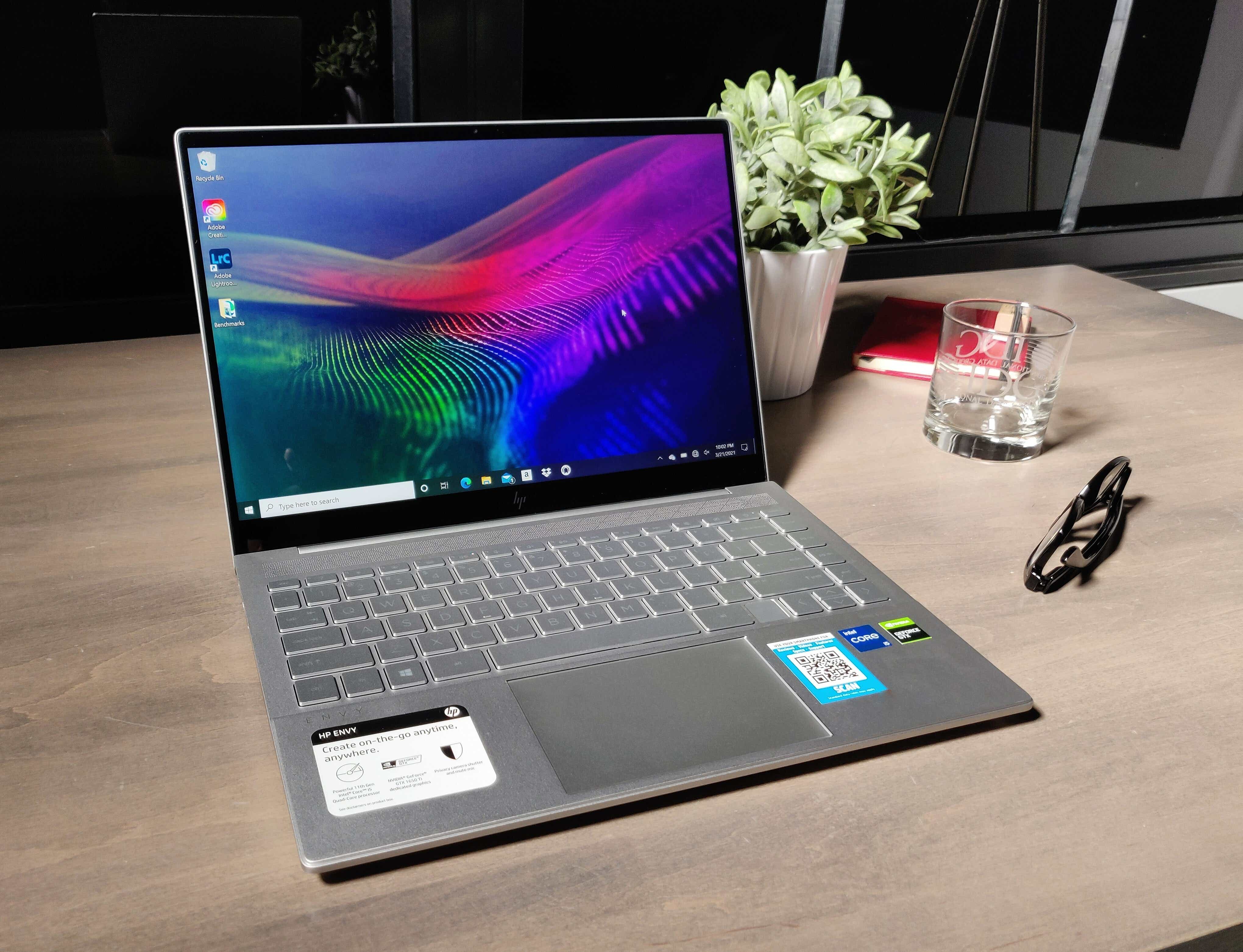What Makes a Laptop Great for Video Editing?
When it comes to video editing, having a laptop that can handle demanding tasks is crucial. A great laptop for video editing should possess a combination of powerful specs, innovative features, and compatibility with popular video editing software. In this article, we’ll explore the key specifications and features that make a laptop suitable for video editing, and provide guidance on how to choose the perfect laptop for your needs.
At the heart of a great video editing laptop is a powerful processor. Look for laptops with at least a quad-core processor, preferably from Intel Core i7 or AMD Ryzen 7 series. A fast processor ensures that your laptop can handle multiple tasks simultaneously, such as video rendering, color grading, and audio editing.
Another essential component is RAM. A minimum of 16 GB of RAM is recommended, but 32 GB or more is ideal for demanding video editing tasks. Ample RAM ensures that your laptop can handle large video files and multiple applications running simultaneously.
Storage is also critical, as video files can be massive. Opt for a laptop with a fast SSD (solid-state drive) as the primary drive, and consider a secondary HDD (hard disk drive) for storing larger files. A fast SSD ensures that your laptop can quickly load video files, effects, and transitions.
A dedicated graphics card is also essential for video editing. Look for laptops with a dedicated NVIDIA or AMD graphics card, as they provide better performance and support for popular video editing software.
In addition to these specs, consider the laptop’s display, ports, and connectivity options. A good display with accurate color representation and a high resolution is essential for video editing. Multiple ports, including USB-A, USB-C, and HDMI, ensure that you can connect your laptop to external devices and displays.
Finally, consider the laptop’s compatibility with popular video editing software, such as Adobe Premiere Pro, Final Cut Pro, and DaVinci Resolve. Ensure that the laptop meets the software’s system requirements, and look for laptops that are specifically designed for video editing.
By considering these key specifications and features, you can find a great laptop for video editing that meets your needs and budget. In the next section, we’ll provide tips and advice on how to choose the perfect laptop for your video editing needs.
How to Choose the Perfect Laptop for Your Video Editing Needs
With so many great laptops for video editing available, choosing the perfect one can be overwhelming. To make the right decision, consider several key factors, including budget, software compatibility, and portability.
First, determine your budget. Great laptops for video editing can range from a few hundred to several thousand dollars. Set a budget and stick to it to avoid overspending. Next, consider the software you’ll be using. Popular video editing software like Adobe Premiere Pro, Final Cut Pro, and DaVinci Resolve have specific system requirements. Ensure the laptop you choose meets these requirements to avoid compatibility issues.
Portability is also an essential factor to consider. If you plan to edit videos on the go, look for laptops with a lightweight design and long battery life. A laptop with a 4K display and a dedicated graphics card may be ideal for video editing, but it may also be heavier and more power-hungry.
Another crucial factor is the laptop’s processor. Look for laptops with at least a quad-core processor, preferably from Intel Core i7 or AMD Ryzen 7 series. A fast processor ensures that your laptop can handle multiple tasks simultaneously, such as video rendering, color grading, and audio editing.
RAM and storage are also vital components to consider. A minimum of 16 GB of RAM is recommended, but 32 GB or more is ideal for demanding video editing tasks. Ample RAM ensures that your laptop can handle large video files and multiple applications running simultaneously.
In terms of storage, opt for a laptop with a fast SSD (solid-state drive) as the primary drive, and consider a secondary HDD (hard disk drive) for storing larger files. A fast SSD ensures that your laptop can quickly load video files, effects, and transitions.
Finally, consider the laptop’s display and connectivity options. A good display with accurate color representation and a high resolution is essential for video editing. Multiple ports, including USB-A, USB-C, and HDMI, ensure that you can connect your laptop to external devices and displays.
By considering these factors, you can find a great laptop for video editing that meets your needs and budget. In the next section, we’ll review some of the top laptops for video editing, including the Dell XPS 15, MacBook Pro 16, and Asus ZenBook Pro Duo.
Dell XPS 15: A Top Contender for Video Editors
The Dell XPS 15 is a popular choice among video editors, and for good reason. This laptop boasts a powerful Intel Core i9 processor, up to 64GB of RAM, and a range of storage options, including a 2TB SSD. The XPS 15 also features a stunning 4K OLED display, which provides accurate color representation and a high level of detail.
In terms of video editing performance, the XPS 15 is a top contender. It can handle demanding tasks like 4K video editing, color grading, and audio editing with ease. The laptop’s dedicated NVIDIA GeForce GTX 1650 graphics card provides a significant boost in performance, making it ideal for video editors who need to work with complex projects.
One of the standout features of the XPS 15 is its compact design. Despite its powerful specs, the laptop is surprisingly thin and lightweight, making it easy to take on the go. The XPS 15 also features a range of ports, including USB-A, USB-C, and HDMI, making it easy to connect to external devices and displays.
However, the XPS 15 is not without its drawbacks. The laptop’s battery life is relatively short, especially when compared to other laptops in its class. Additionally, the XPS 15 can run hot during intense video editing sessions, which may be a concern for some users.
Despite these drawbacks, the Dell XPS 15 is a great laptop for video editing. Its powerful specs, stunning display, and compact design make it an ideal choice for video editors who need a reliable and portable laptop. If you’re in the market for a great laptop for video editing, the XPS 15 is definitely worth considering.
In the next section, we’ll take a closer look at the MacBook Pro 16, another popular choice among video editors. We’ll examine its specs, features, and performance in video editing tasks, and compare it to the Dell XPS 15.
MacBook Pro 16: A Powerful Option for Creative Professionals
The MacBook Pro 16 is a powerful laptop designed specifically for creative professionals, including video editors. With its Intel Core i9 processor, up to 64GB of RAM, and a range of storage options, including a 4TB SSD, this laptop is capable of handling even the most demanding video editing tasks.
The MacBook Pro 16 also features a stunning 16-inch Retina display, which provides accurate color representation and a high level of detail. The laptop’s dedicated AMD Radeon Pro 560X graphics card provides a significant boost in performance, making it ideal for video editors who need to work with complex projects.
One of the standout features of the MacBook Pro 16 is its improved thermal management system, which allows for more efficient cooling and reduced noise levels. This makes it an ideal choice for video editors who need to work on long projects without worrying about overheating.
In comparison to the Dell XPS 15, the MacBook Pro 16 offers a more powerful processor and a larger display. However, it also comes with a higher price tag, making it a more significant investment for video editors. Ultimately, the choice between the two laptops will depend on individual needs and preferences.
For video editors who are already invested in the Apple ecosystem, the MacBook Pro 16 is a great choice. Its seamless integration with other Apple devices and software makes it an ideal choice for those who value convenience and ease of use.
In the next section, we’ll take a closer look at the Asus ZenBook Pro Duo, a unique laptop that offers a dual-screen design and a range of innovative features that can benefit video editors who multitask frequently.
Asus ZenBook Pro Duo: A Unique Option for Multitaskers
The Asus ZenBook Pro Duo is a unique laptop that offers a dual-screen design, making it an ideal choice for video editors who multitask frequently. The laptop features a 15.6-inch 4K OLED display, as well as a secondary 14-inch 4K display that can be used for reference, research, or even as a control panel for video editing software.
The ZenBook Pro Duo is powered by an Intel Core i9 processor, up to 64GB of RAM, and a range of storage options, including a 2TB SSD. The laptop also features a dedicated NVIDIA GeForce RTX 2060 graphics card, which provides a significant boost in performance for video editing tasks.
One of the standout features of the ZenBook Pro Duo is its ability to multitask. The dual-screen design allows video editors to have multiple windows open at the same time, making it easier to reference, research, and edit video content. The laptop also features a range of innovative features, including a touchpad that can be used as a control panel for video editing software.
However, the ZenBook Pro Duo is not without its drawbacks. The laptop’s dual-screen design can be distracting, and the secondary display can be prone to glare. Additionally, the laptop’s battery life is relatively short, especially when compared to other laptops in its class.
Despite these drawbacks, the Asus ZenBook Pro Duo is a great option for video editors who multitask frequently. Its unique dual-screen design and innovative features make it an ideal choice for those who need to work on complex video projects.
In the next section, we’ll take a closer look at the Microsoft Surface Laptop 3, a sleek and portable option that’s ideal for video editors who value portability and a sleek design.
Microsoft Surface Laptop 3: A Sleek and Portable Option
The Microsoft Surface Laptop 3 is a sleek and portable option that’s ideal for video editors who value portability and a sleek design. Weighing in at just 2.79 pounds, this laptop is perfect for video editors who need to work on the go.
The Surface Laptop 3 is powered by an Intel Core i7 processor, up to 32GB of RAM, and a range of storage options, including a 1TB SSD. The laptop also features a dedicated NVIDIA GeForce GTX 1660 Ti graphics card, which provides a significant boost in performance for video editing tasks.
One of the standout features of the Surface Laptop 3 is its stunning 13.5-inch PixelSense display, which provides accurate color representation and a high level of detail. The laptop also features a range of innovative features, including a touchpad that can be used as a control panel for video editing software.
Despite its sleek design, the Surface Laptop 3 is not without its drawbacks. The laptop’s battery life is relatively short, especially when compared to other laptops in its class. Additionally, the laptop’s port selection is limited, which may be a concern for video editors who need to connect multiple devices.
However, the Surface Laptop 3 is a great option for video editors who value portability and a sleek design. Its lightweight design, stunning display, and innovative features make it an ideal choice for those who need to work on the go.
In the next section, we’ll take a closer look at the future of laptops for video editing, including emerging trends, technologies, and innovations. We’ll discuss how these advancements will impact the video editing experience and what to expect from future laptops.
What to Expect from a Laptop for Video Editing in the Future
The future of laptops for video editing is exciting, with emerging trends, technologies, and innovations that will impact the video editing experience. One of the most significant advancements is the development of artificial intelligence (AI) and machine learning (ML) technologies, which will enable laptops to learn and adapt to the user’s behavior and preferences.
Another trend is the increasing use of cloud computing, which will allow video editors to access and work on their projects from anywhere, at any time. This will be made possible by the development of more powerful and efficient cloud-based video editing software, such as Adobe Premiere Pro and Avid Media Composer.
In addition, the future of laptops for video editing will see the widespread adoption of 8K resolution, which will provide an even more immersive and detailed video editing experience. This will be made possible by the development of more powerful processors, graphics cards, and storage devices.
Furthermore, the future of laptops for video editing will see the increasing use of virtual and augmented reality (VR/AR) technologies, which will enable video editors to create more immersive and interactive experiences. This will be made possible by the development of more advanced VR/AR software and hardware, such as Oculus and HTC Vive.
Finally, the future of laptops for video editing will see the development of more sustainable and eco-friendly devices, which will reduce the environmental impact of video editing. This will be made possible by the use of more energy-efficient processors, recyclable materials, and sustainable manufacturing practices.
In conclusion, the future of laptops for video editing is exciting and full of possibilities. With the development of AI, cloud computing, 8K resolution, VR/AR, and sustainable devices, video editors will have access to more powerful, efficient, and creative tools than ever before.
Conclusion: Finding the Perfect Laptop for Your Video Editing Needs
When it comes to finding the perfect laptop for video editing, there are several factors to consider. From processor speed and RAM to storage and graphics card requirements, each spec plays a crucial role in the overall video editing experience.
In this article, we’ve reviewed some of the best laptops for video editing, including the Dell XPS 15, MacBook Pro 16, Asus ZenBook Pro Duo, and Microsoft Surface Laptop 3. Each of these laptops offers a unique set of features and specs that make them well-suited for video editing tasks.
When choosing a laptop for video editing, it’s essential to consider your specific needs and preferences. Think about the type of video editing software you’ll be using, the size and complexity of your projects, and the level of portability you require.
Ultimately, the best laptop for video editing is one that balances performance, features, and price. By considering the specs, features, and software compatibility of each laptop, you can find the perfect device for your video editing needs.
We hope this article has provided you with a comprehensive guide to finding the perfect laptop for video editing. Whether you’re a professional video editor or just starting out, we encourage you to explore the options discussed in this article and find the laptop that’s right for you.





